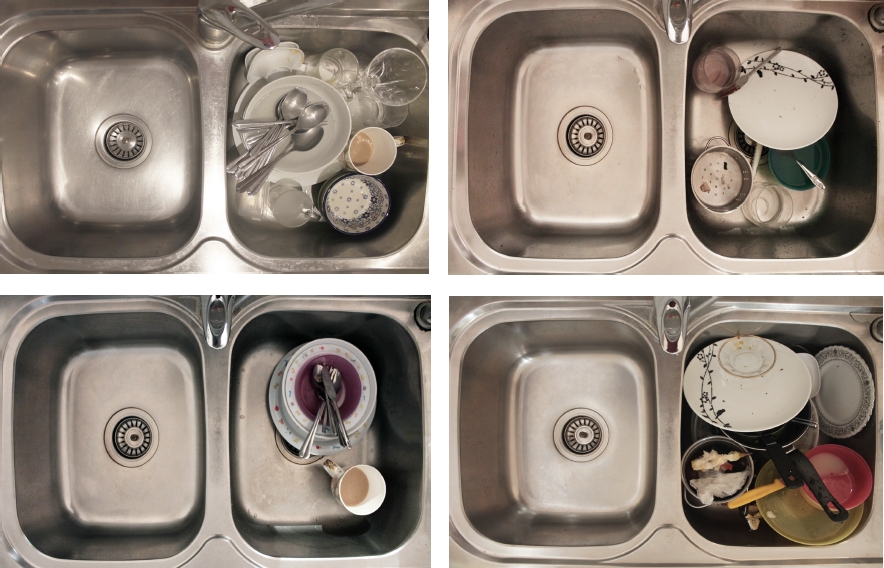Project: Between places
Layli Rakhsha’s studio research explores how home can be defined by personal experiences, social and cultural relationships and attachments to a particular place. She often uses screen-printing as a method to express her feelings and ideas about migration and diaspora. She recently presented her solo exhibition Seven moments of the olive tree at the University of Cantabria in Spain in September 2018 and had a published chapter called ‘Nostalgia: memories of the past, longing for the future’ in Indian Ocean Futures: Communities, Suitability and Security in 2016. Rakhsha was born in Tehran in 1976 and lives and works in Perth.
MEET THE ARTIST | Q&A with Layli Rakhsha
ABOUT THE ARTIST
Layli Rakhsha is a recent PhD graduate from Curtin University. Her research topic is entitled Diaspora and home: contextualizing the idea of home in Australian contemporary art as visualised by selected Iranian artists. Rakhsha’s practice-led research investigates the ways in which Iranian artists living in Australia visualise the idea of home. She often uses screen-printing as a method in order to express her feelings and ideas about migration and diaspora. Her project illuminates how imagination and memories from the past can influence how home is visualised.
This project, Between places, will unfold the conceptual and symbolic impact of Rakhsha’s journey from her home to her studio every day for eight weeks. Between places is a new project that will reflect her feelings and experiences related to her understanding of the relationship between domestic and public places and herself.



